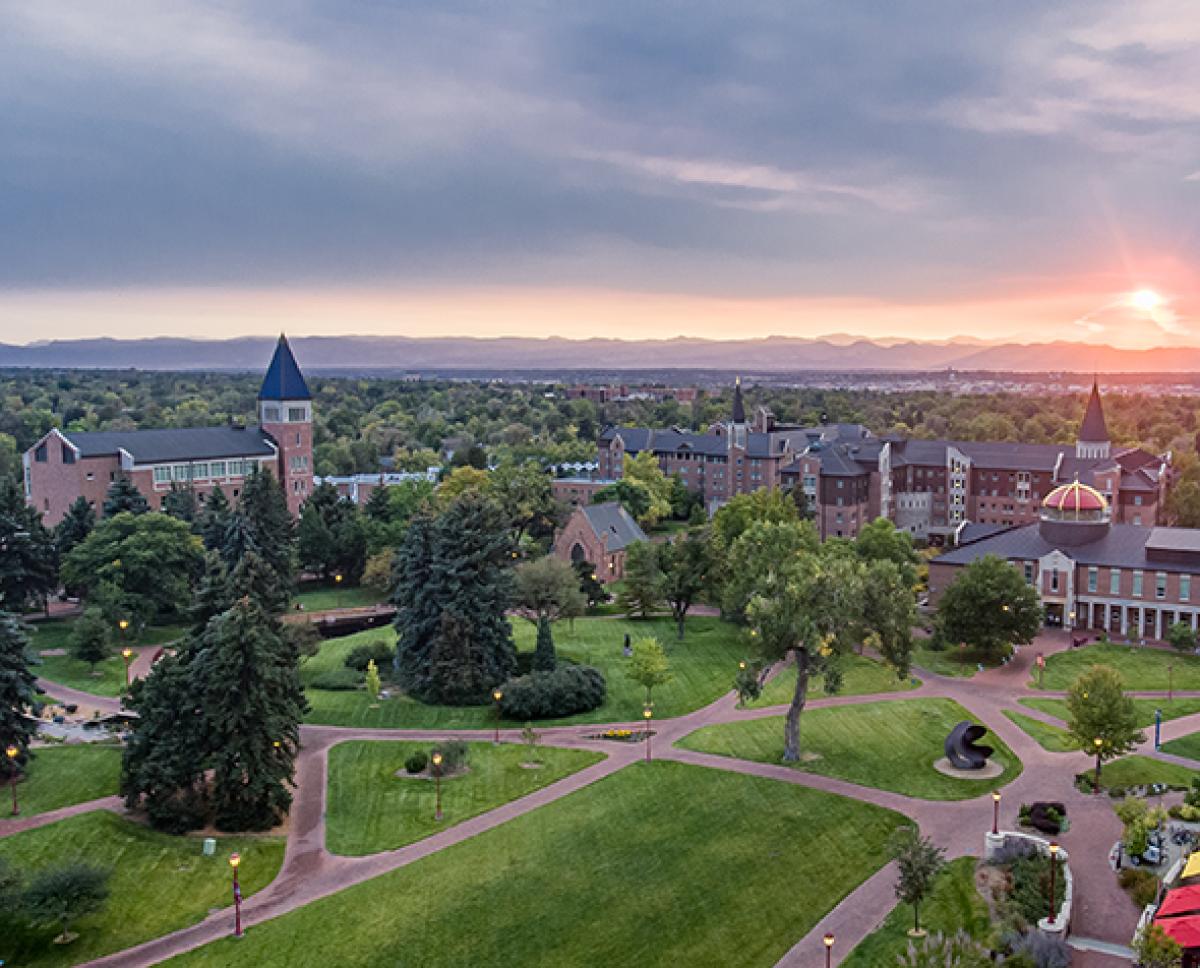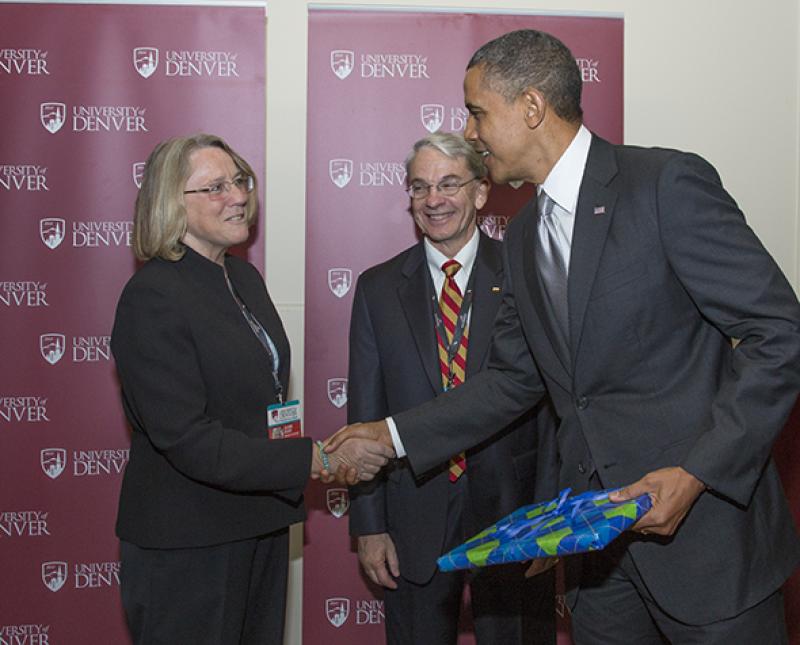Former OTL Executive Director Reflects on 25 Years of Technology and Teaching

Back in the earliest days of personal computers, in a building that no longer exists at the University of Denver, there was a computer lab, likely the first one on campus—sitting empty.
The goal of the lab was to provide faculty with a place to harness technology they could use in teaching, an approach that was murkier than it is today. What would become the Office of Teaching and Learning (OTL) hadn’t been developed yet and the work of its first executive director, Julanna Gilbert, was still on the horizon.
“It was a good idea,” Gilbert says with a laugh. “But faculty were busy, and it didn’t draw the interest they were hoping. From that, though, there was a concern that we need to get faculty involved in some of the new technologies just being hinted at."
At the same time, Gilbert, who was also a chemistry professor, had been looking into teaching methods that could improve student engagement and learning. She estimated, based on responses to questions she asked in class, that maybe 20% of students had a good understanding of the content, with 30% or 40% having some understanding. The remainder of students were “madly taking notes and hoping they would understand it when they got home.”
“It just seemed like such a waste of time,” Gilbert says. “I already understood the material - I didn’t need to talk to myself about it. So, I started exploring different avenues of teaching and how people learn and came across cooperative learning.”
Through the 1960s and ’70s, cooperative learning was generally eschewed by educators in favor of individualistic achievement. “Figure it out or get left behind” was the popular thinking.
In the ’80s, David W. Johnson and Roger T. Johnson challenged that mentality, advocating that a peer-to-peer component was just as important as an educator reaching students. Gilbert says students didn’t universally love the new approach, but it did improve understanding—and it got the gears turning for the professor.
What other ways could teaching be leveraged to improve education? How else could technology be involved?
The curiosity inspired Gilbert to apply for a half-time faculty position leading what was then called the Center of Teaching and Learning. It wasn’t particularly large or well-funded, but that would soon change. The Center started rolling out $20,000 grants aimed at improving teaching and increasing the use of technology in the classroom. A board was formed with faculty representatives from every unit on campus. The initial interest was huge.
“I had a great deal of faith in the faculty,” Gilbert says. “I knew that there were lots of faculty members out there that cared deeply about their students and wanted them to learn.”
Through the huge efforts of faculty and staff—Gilbert repeatedly praised the hard work of everyone involved—the process was refined and improved. What some complained would be a “slush fund” put DU ahead of the curve in a shift happening across university classrooms. Especially on smaller campuses, more focus was placed on the student learning experience, something Gilbert had already been espousing and researching for years.
From one clunky computer lab came many cohesive efforts to integrate technology into the educational experience. OTL expanded its support to student evaluation, course design and career development.
As OTL nears its 25th anniversary, Gilbert says she’s amazed at the number of people who have believed in the mission over the years and the sheer amount of collective desire for it to succeed.
“I'm sort of amazed,” Gilbert says. “But in another way, it seemed like a natural progression, you know? A natural way for things to go because people were getting more and more interested in what we were doing.
“I was just the person that managed the budget, basically,” she continues, with a laugh. “I didn't even do that; my assistant managed the budget. I tried to sew ideas together and bring people together - that sort of thing. Many, many people were involved and thought it was important.”
Event Information
Join the Office of Teaching and Learning on April 16 as we honor 25 years of teaching and learning at DU and our founding director, Julanna Gilbert!
4:30 p.m. Museum Exhibit Opening
Cocktail hour in Anderson Academic Commons, top floor
Click here to RSVP and share a memory of Julanna Gilbert. We look forward to celebrating with you!











